The design of a living room can greatly impact the overall feel and atmosphere of a home. For those looking for a peaceful and serene space, a Japanese style living room may be the perfect choice. With its minimalist and natural elements, Japanese design creates a harmonious and calming environment. Here are the top 10 Japanese style living room designs to inspire your own space.Japanese Style Living Room Designs
One of the most well-known and iconic Japanese living room designs is the traditional style. This design incorporates elements such as fusuma sliding doors, tatami flooring, and low furniture. The use of natural materials and neutral colors creates a simplistic and peaceful atmosphere.Traditional Japanese Living Room Design
Japanese design is often associated with minimalism, and for good reason. A minimalist Japanese living room focuses on simplicity and functionality, with clean lines and a clutter-free space. This design is perfect for those who prefer a more modern take on Japanese style.Minimalist Japanese Living Room
The use of tatami mats in a living room is a traditional feature of Japanese design. These mats are made from straw and provide a soft and comfortable flooring option. They also add a touch of authenticity to the room and can be paired with a low table for a traditional Japanese seating area.Tatami Mat Living Room
In a traditional Japanese home, it is common for the living room to double as a sleeping area. This is achieved through the use of futons, which are traditional Japanese mattresses that can be rolled out on the tatami mats. This allows for a multi-functional and space-saving living room.Futon Seating in Japanese Living Room
If you want to add a touch of Japanese design to your living room without making major changes, consider incorporating a shoji screen room divider. These screens are made from translucent paper and wooden frames, allowing for natural light to filter through and creating a sense of privacy.Shoji Screen Room Divider
Zen is a key element of Japanese design, and a zen living room can create a truly peaceful and serene space. This design incorporates elements such as natural materials, minimalism, and a focus on nature. Adding elements like a small indoor garden or a water feature can enhance the zen atmosphere.Zen Living Room Design
Another iconic feature of Japanese design is the use of sliding doors, also known as fusuma or shoji doors. These doors are typically made from paper and wooden frames, and can be used to divide different areas of the living room or to create a sense of openness.Japanese Sliding Doors
Natural materials such as wood, bamboo, and stone play a major role in Japanese design. Incorporating these materials into your living room can add a touch of nature and create a warm and inviting atmosphere. Consider using these materials for flooring, furniture, or decorative elements.Natural Materials in Japanese Living Room
Feng shui, the ancient Chinese practice of arranging furniture and objects to create a harmonious energy flow, is also important in Japanese design. Consider incorporating feng shui principles into your living room by using natural elements, keeping the space clutter-free, and arranging furniture in a way that promotes positive energy flow.Feng Shui in Japanese Living Room
The Beauty of Japanese Style Living Room Designs

A Perfect Blend of Tradition and Modernity
.jpg) Japanese style living room designs are known for their minimalistic yet elegant aesthetic. They embody the perfect blend of tradition and modernity, creating a serene and tranquil atmosphere that is perfect for relaxation and rejuvenation. This design style is inspired by the Japanese culture and their way of life, which focuses on simplicity, functionality, and harmony with nature.
Japanese style living rooms
are designed with clean lines, natural materials, and a neutral color palette. The use of
wood
, specifically bamboo and
cedar
, is prominent in Japanese design as it adds warmth and a natural element to the space. These materials are often left in their natural state or with a light finish, showcasing their natural beauty.
Japanese style living room designs are known for their minimalistic yet elegant aesthetic. They embody the perfect blend of tradition and modernity, creating a serene and tranquil atmosphere that is perfect for relaxation and rejuvenation. This design style is inspired by the Japanese culture and their way of life, which focuses on simplicity, functionality, and harmony with nature.
Japanese style living rooms
are designed with clean lines, natural materials, and a neutral color palette. The use of
wood
, specifically bamboo and
cedar
, is prominent in Japanese design as it adds warmth and a natural element to the space. These materials are often left in their natural state or with a light finish, showcasing their natural beauty.
The Importance of Space and Balance
 One of the key elements of Japanese style living room designs is the concept of
ma
, which translates to "space" in English. This design principle focuses on creating a sense of openness and balance within the room. Furniture and decor are kept to a minimum, and the placement of each element is carefully considered to create a harmonious flow.
Tatami mats
, traditional Japanese flooring made of rice straw, are often used in
Japanese style living rooms
to define the seating area. These mats not only add texture and warmth to the space but also help to create a sense of
zashiki
, which translates to "sitting on the floor." This traditional seating style encourages a more intimate and relaxed atmosphere, perfect for gathering with friends and family.
One of the key elements of Japanese style living room designs is the concept of
ma
, which translates to "space" in English. This design principle focuses on creating a sense of openness and balance within the room. Furniture and decor are kept to a minimum, and the placement of each element is carefully considered to create a harmonious flow.
Tatami mats
, traditional Japanese flooring made of rice straw, are often used in
Japanese style living rooms
to define the seating area. These mats not only add texture and warmth to the space but also help to create a sense of
zashiki
, which translates to "sitting on the floor." This traditional seating style encourages a more intimate and relaxed atmosphere, perfect for gathering with friends and family.
Natural Light and Nature-Inspired Elements
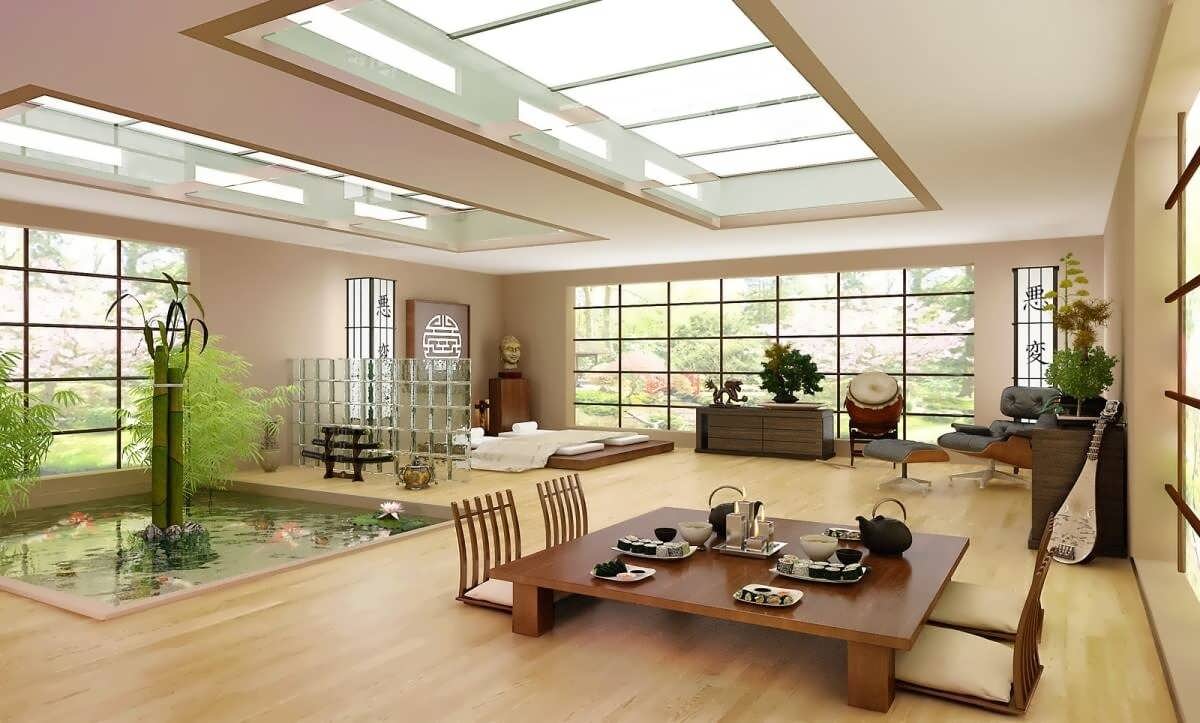 In Japanese culture, there is a strong connection to nature and the
Japanese style living room
design reflects this. Large windows and sliding doors are often used to let in natural light and provide a view of the outdoors. This not only brings in a sense of calm and tranquility but also blurs the lines between the interior and exterior, creating a seamless connection to nature.
Nature-inspired elements, such as
bonsai
trees,
zen gardens
, and
water features
, are also incorporated into Japanese style living room designs. These elements not only add visual interest and texture but also bring a sense of peace and harmony into the space.
In conclusion, Japanese style living room designs are a beautiful and unique way to bring a sense of tranquility and balance into your home. With a focus on simplicity, functionality, and harmony with nature, these designs are perfect for those looking to create a serene and minimalist living space. Incorporating elements such as natural materials, open spaces, and nature-inspired elements, will transform your living room into a peaceful oasis that you and your loved ones will enjoy for years to come.
In Japanese culture, there is a strong connection to nature and the
Japanese style living room
design reflects this. Large windows and sliding doors are often used to let in natural light and provide a view of the outdoors. This not only brings in a sense of calm and tranquility but also blurs the lines between the interior and exterior, creating a seamless connection to nature.
Nature-inspired elements, such as
bonsai
trees,
zen gardens
, and
water features
, are also incorporated into Japanese style living room designs. These elements not only add visual interest and texture but also bring a sense of peace and harmony into the space.
In conclusion, Japanese style living room designs are a beautiful and unique way to bring a sense of tranquility and balance into your home. With a focus on simplicity, functionality, and harmony with nature, these designs are perfect for those looking to create a serene and minimalist living space. Incorporating elements such as natural materials, open spaces, and nature-inspired elements, will transform your living room into a peaceful oasis that you and your loved ones will enjoy for years to come.




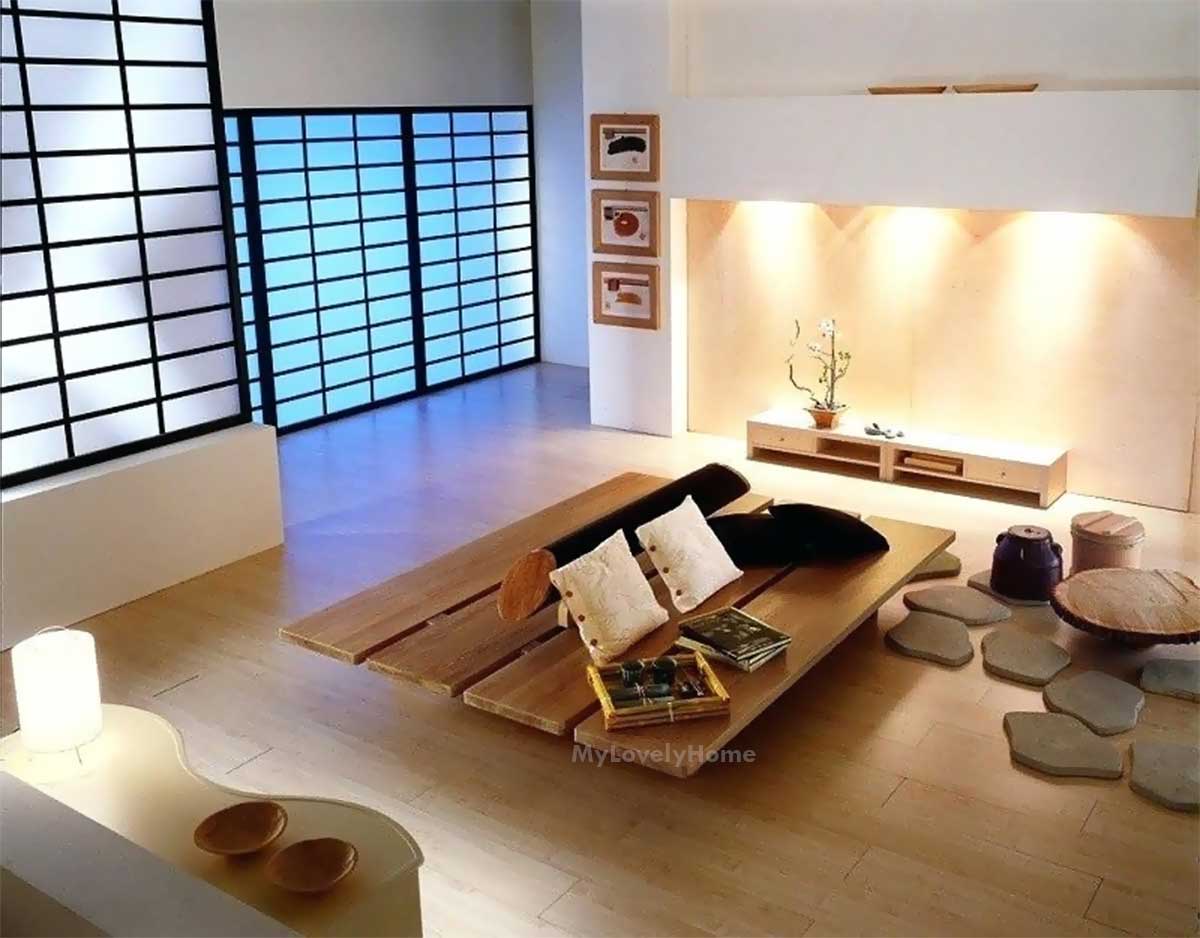

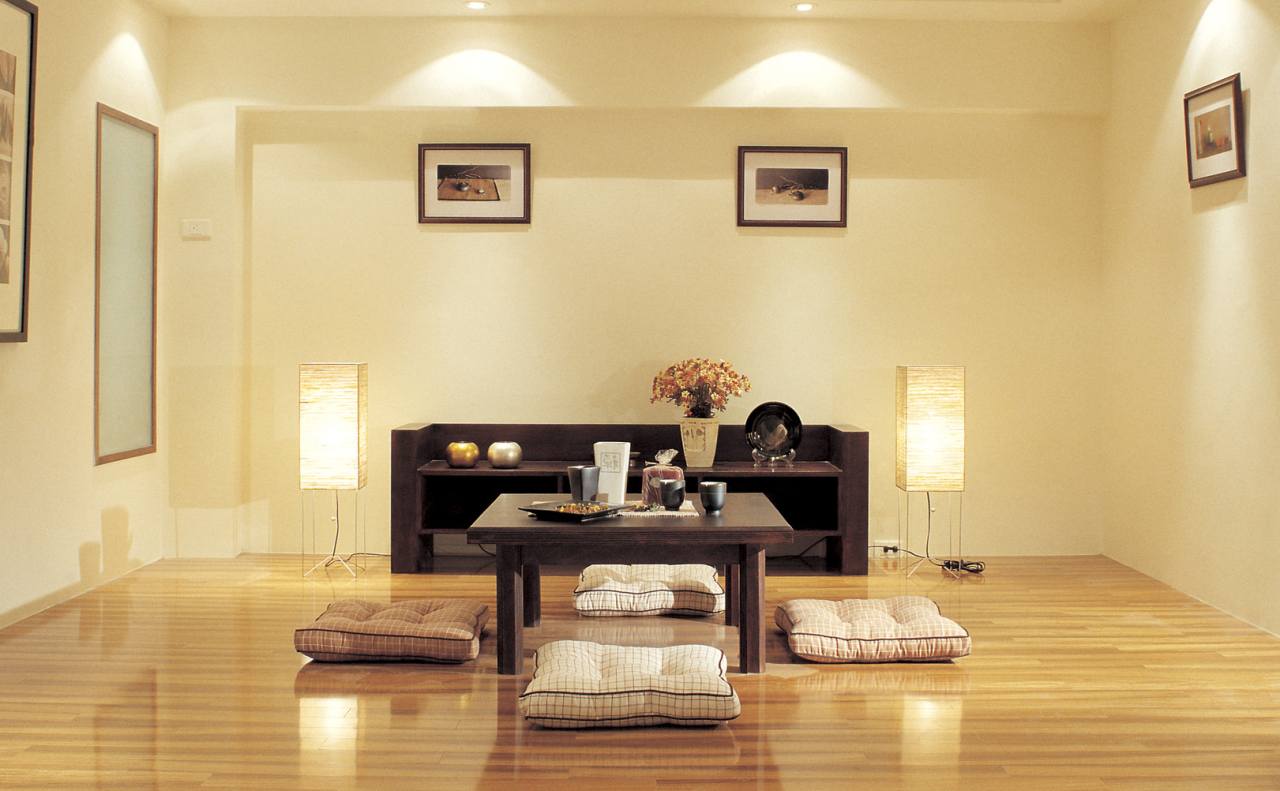



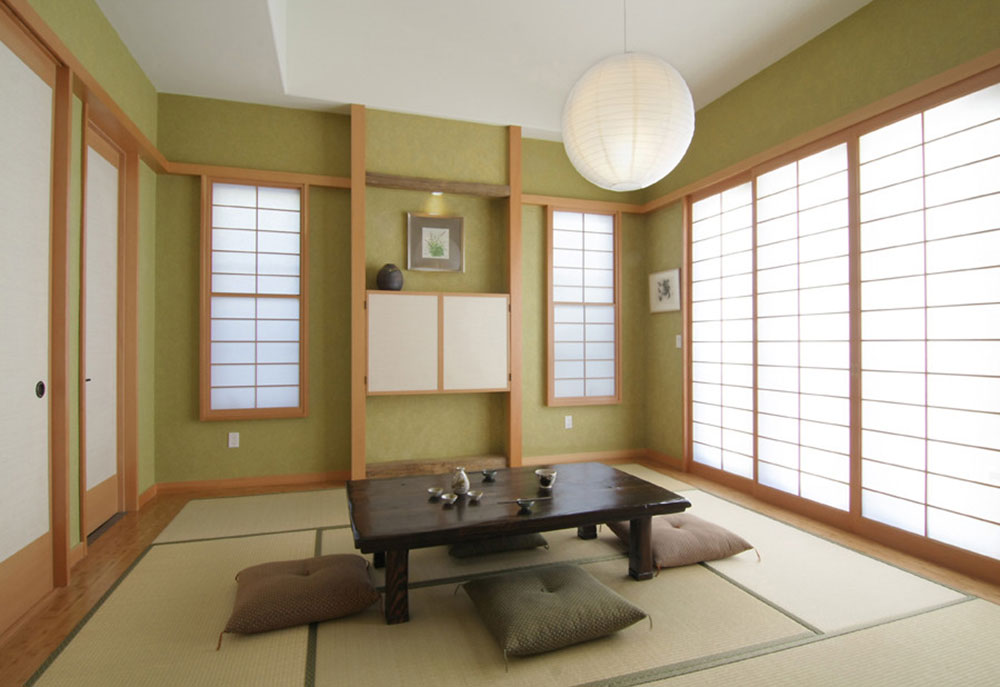

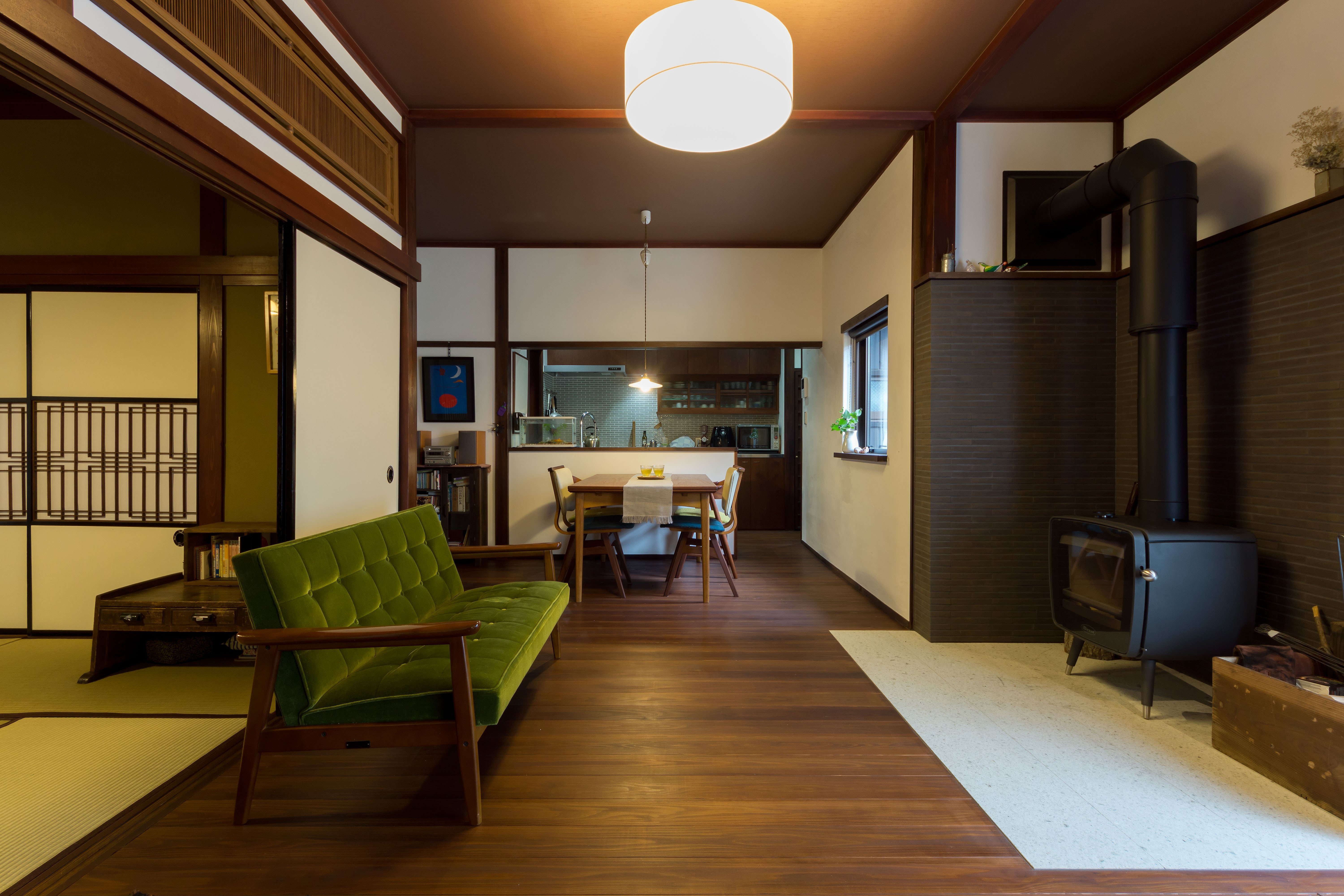
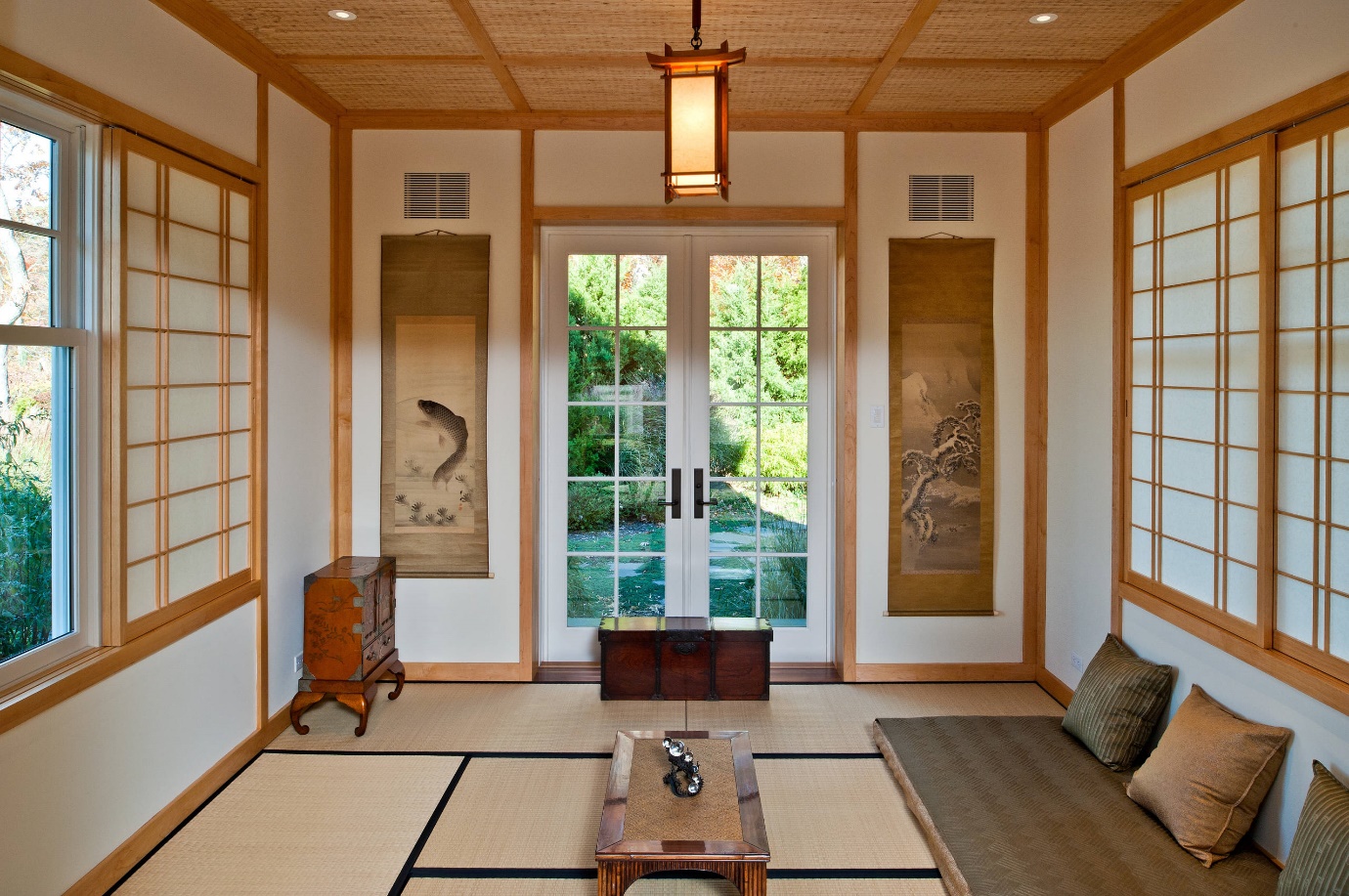






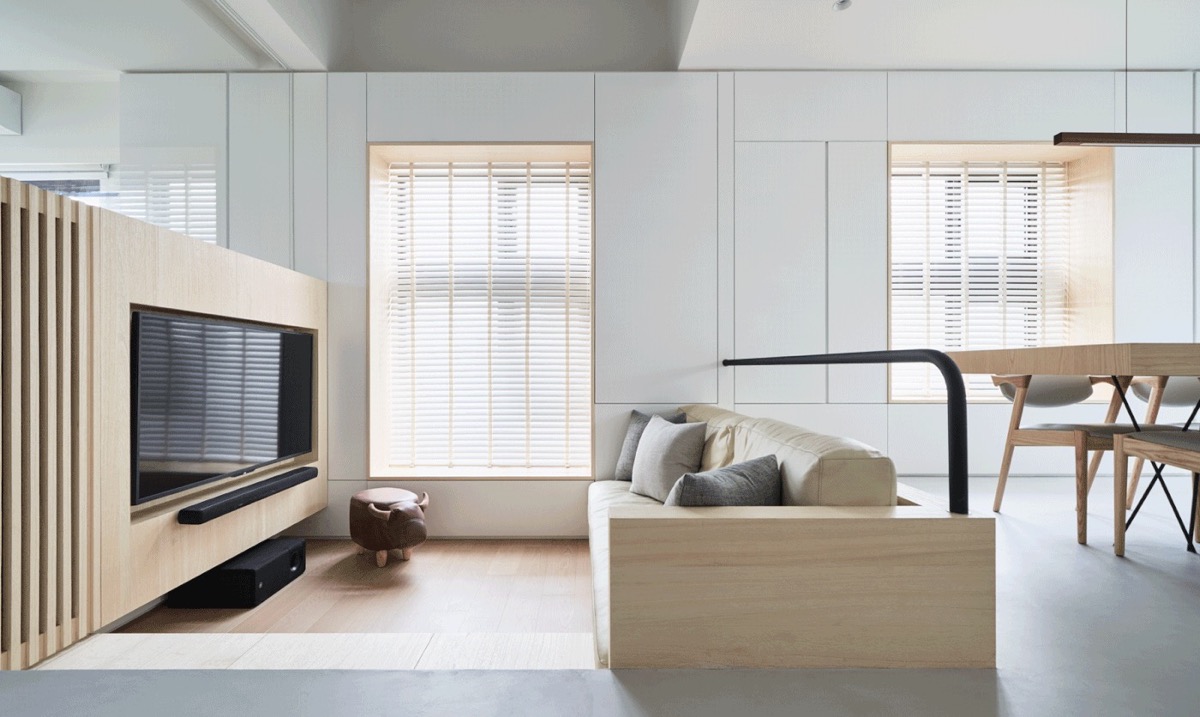
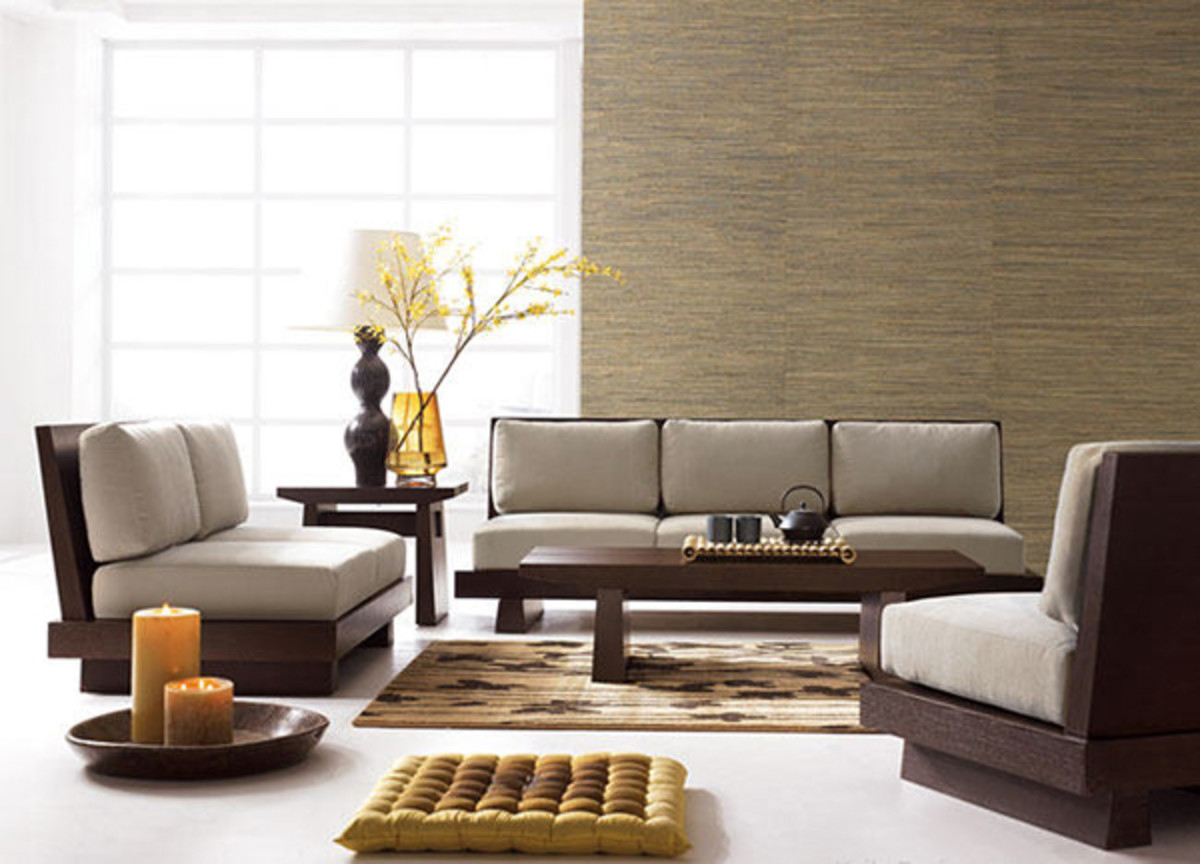

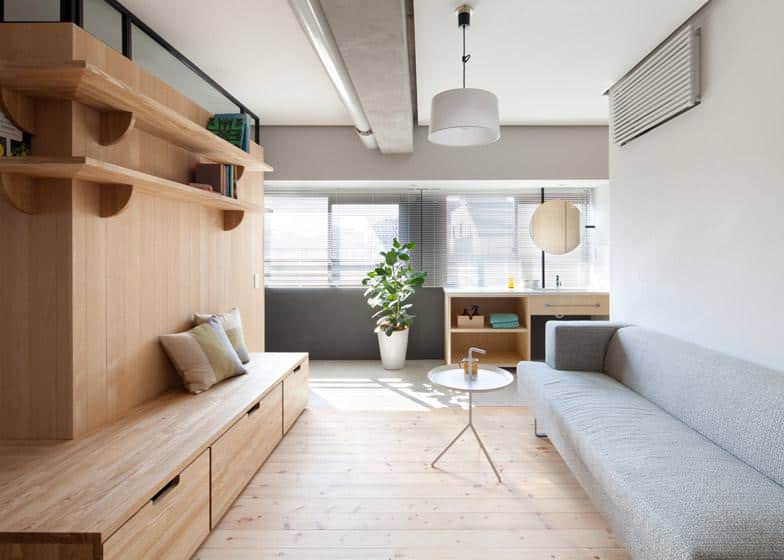



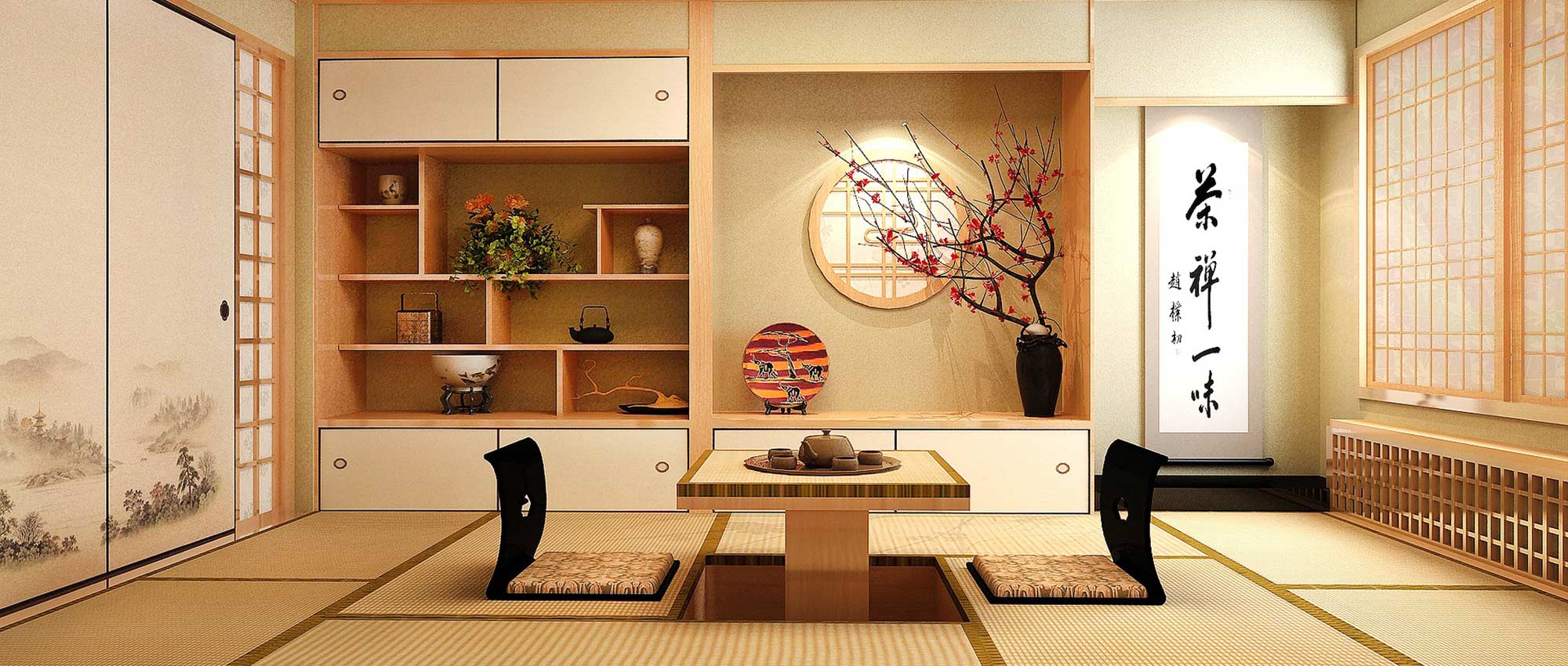

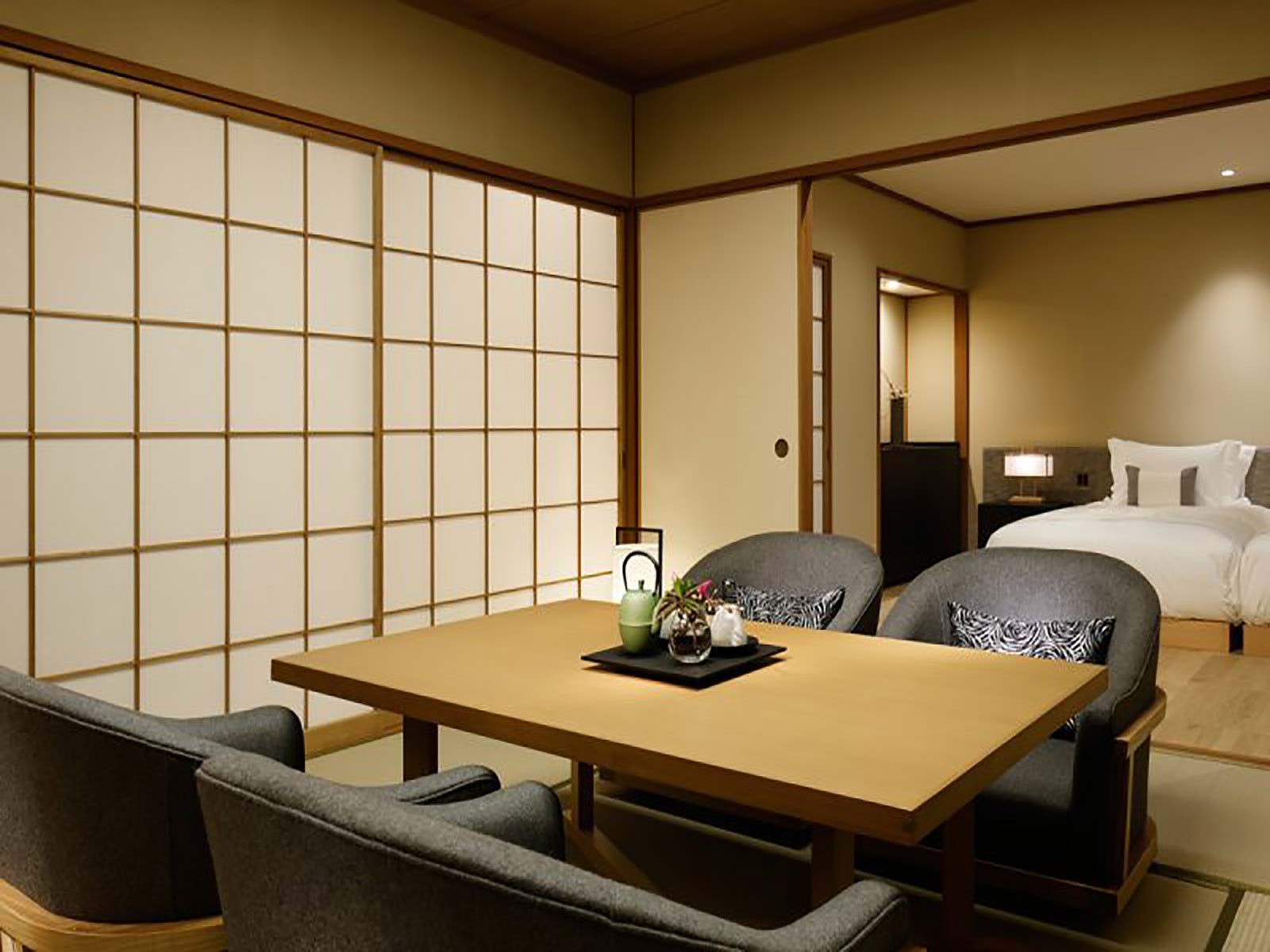
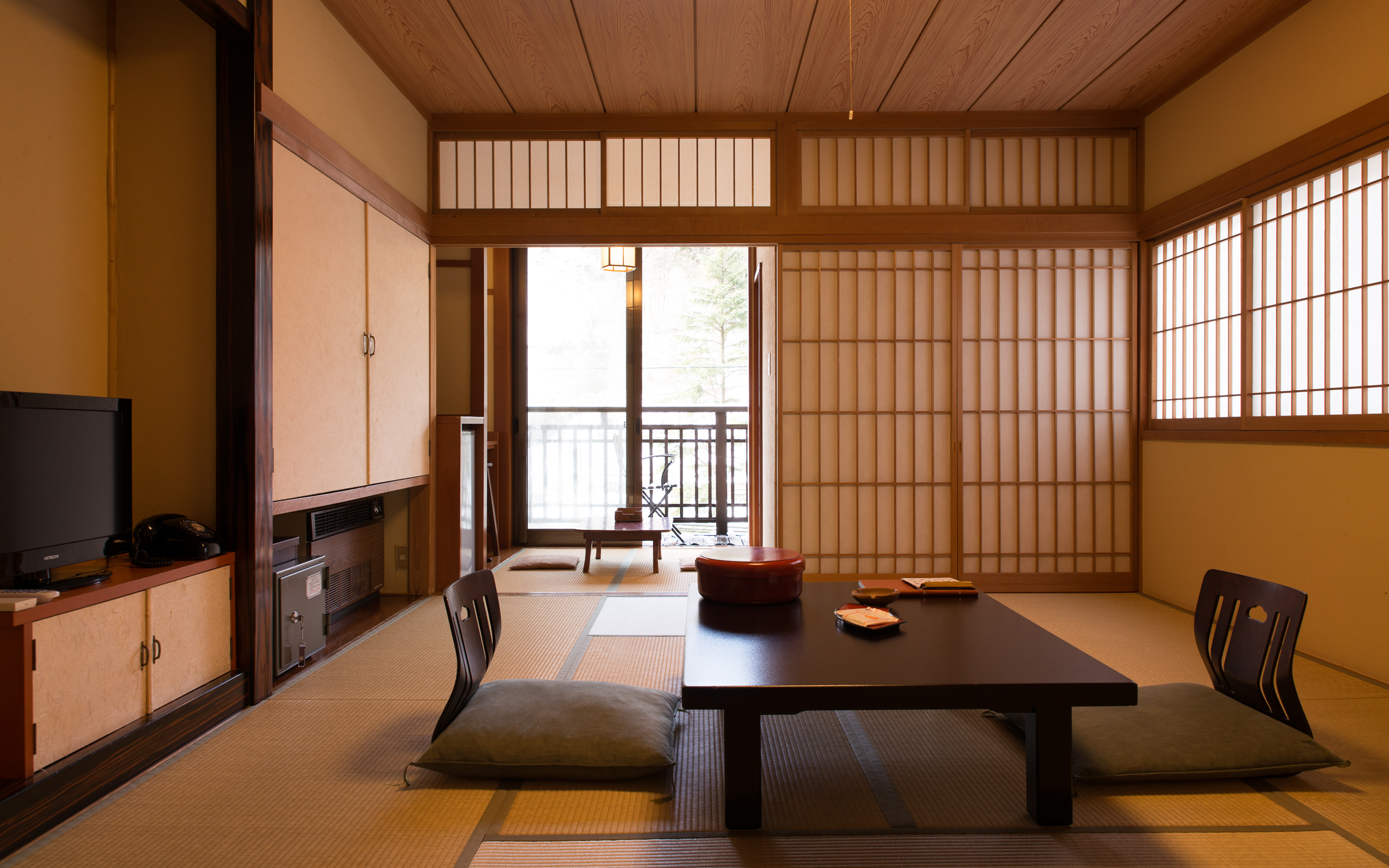


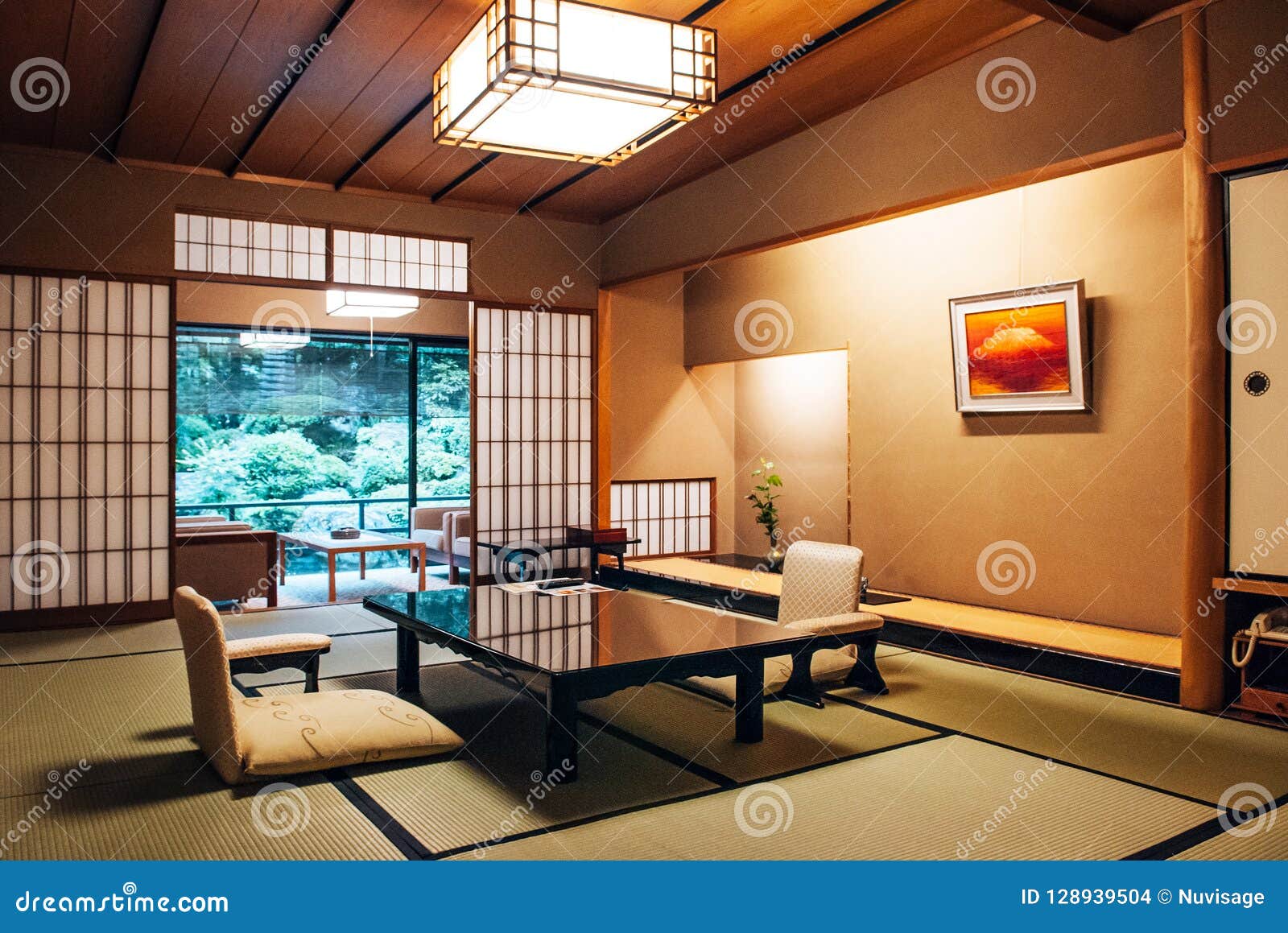


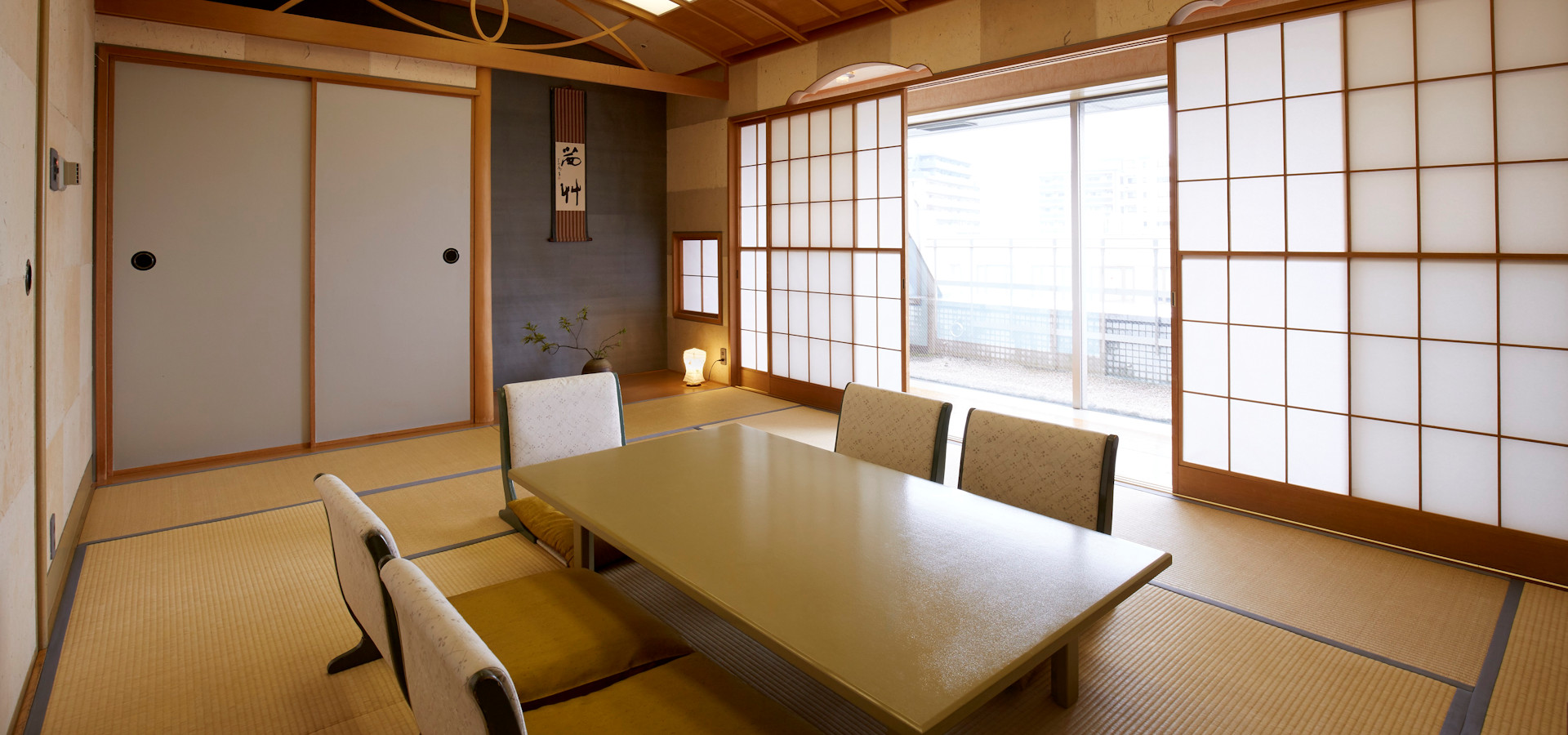








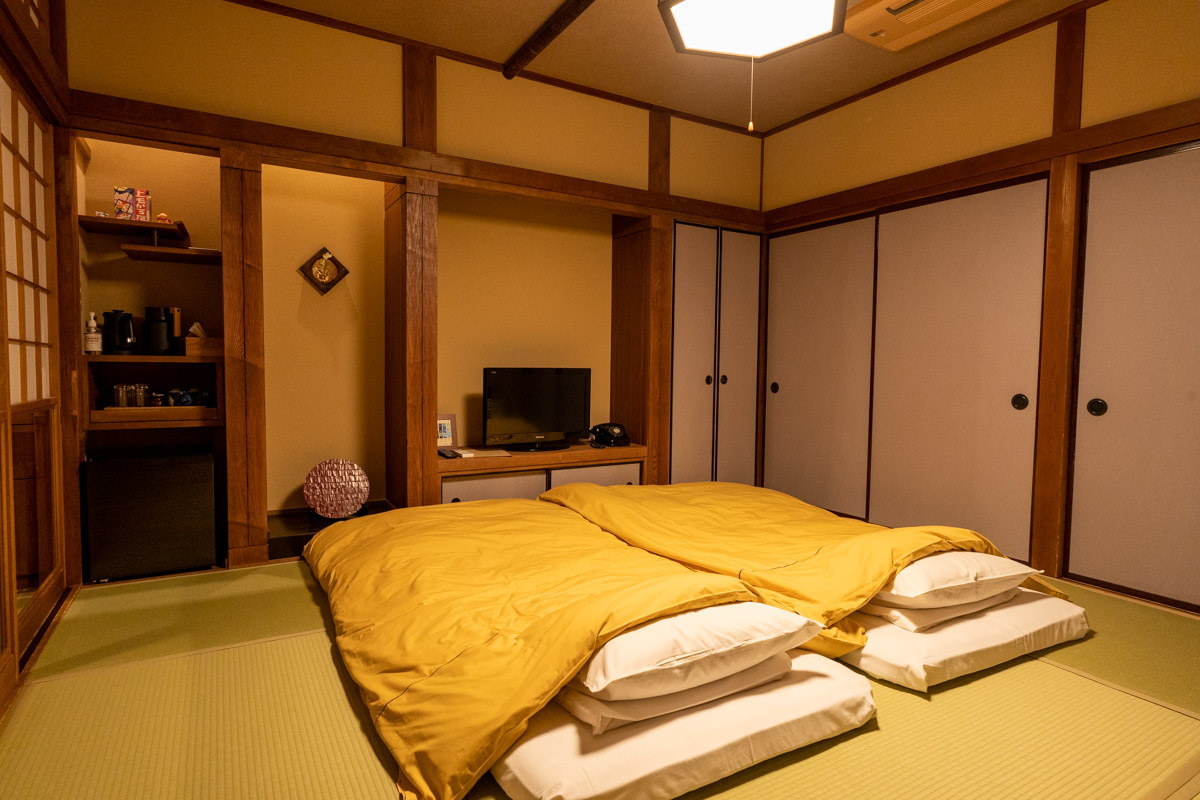

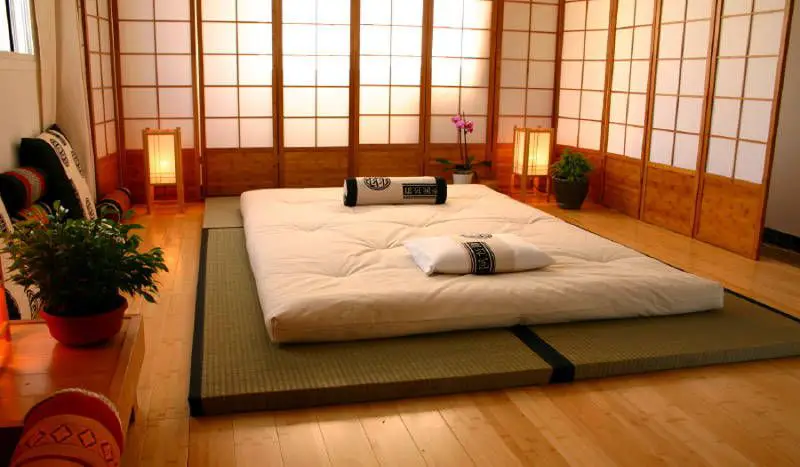
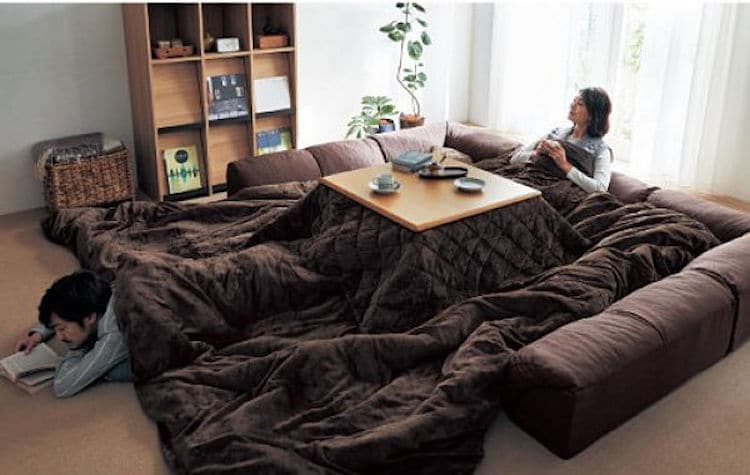



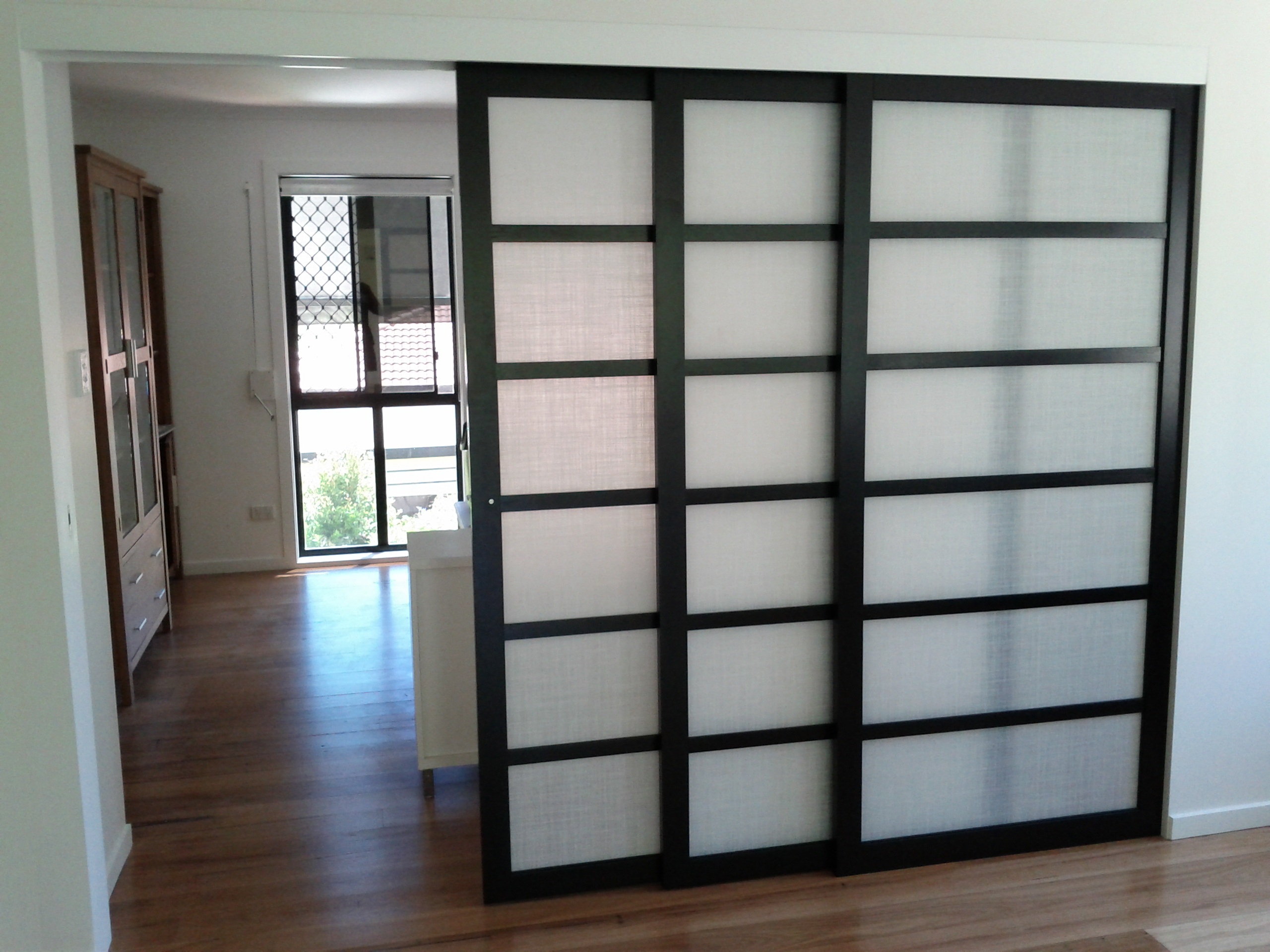
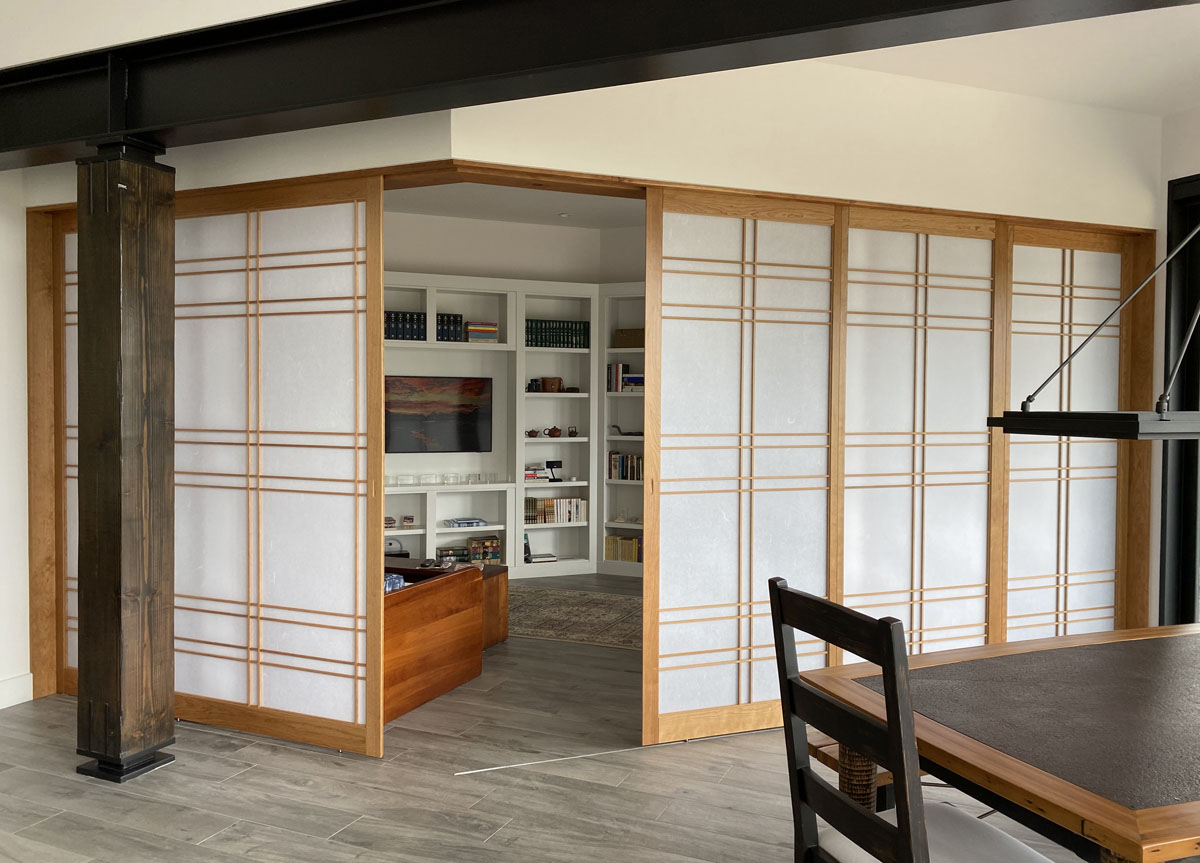


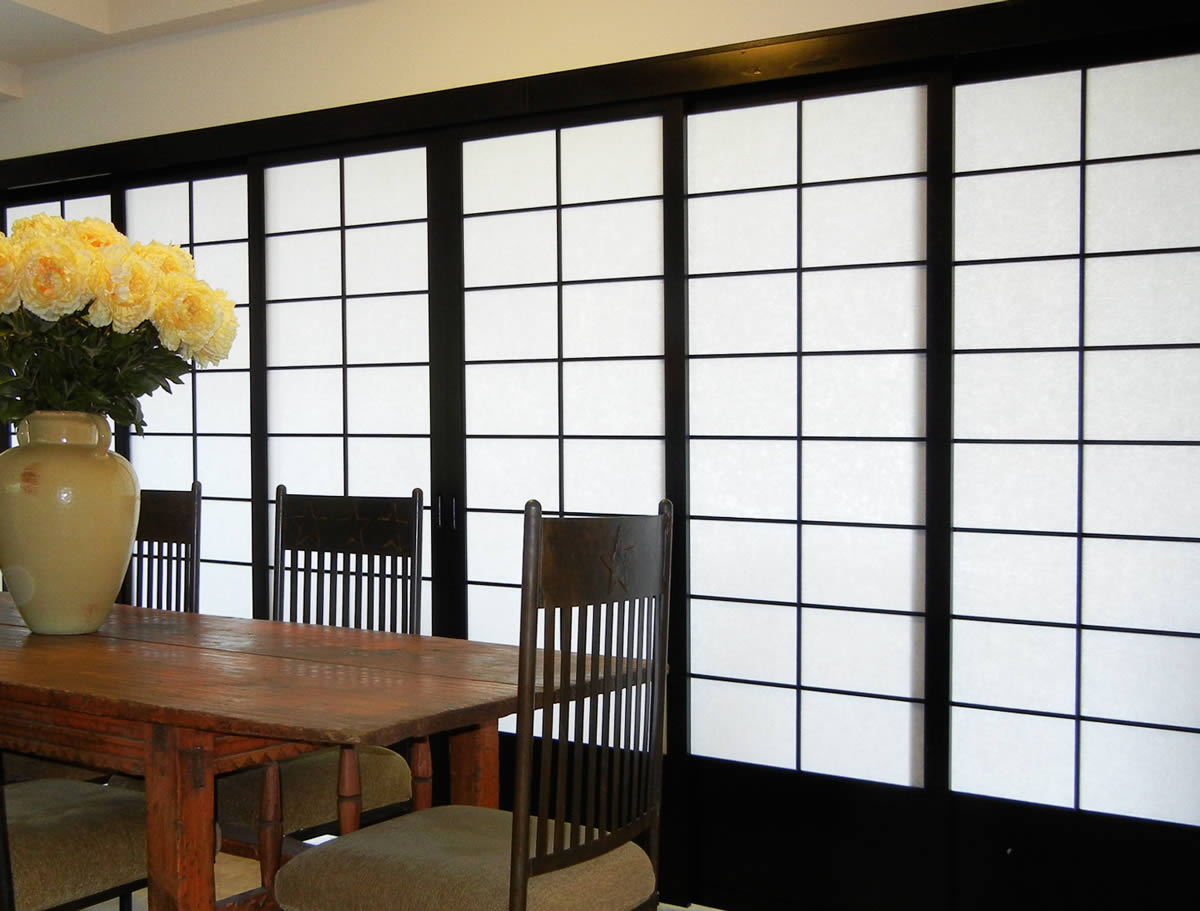


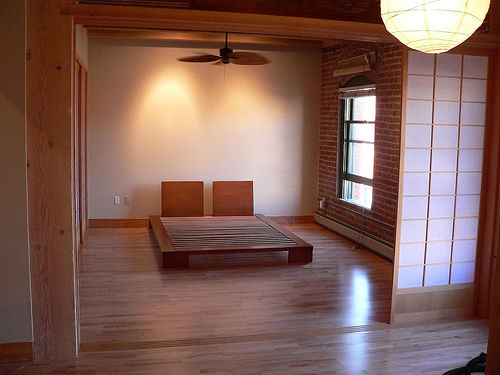




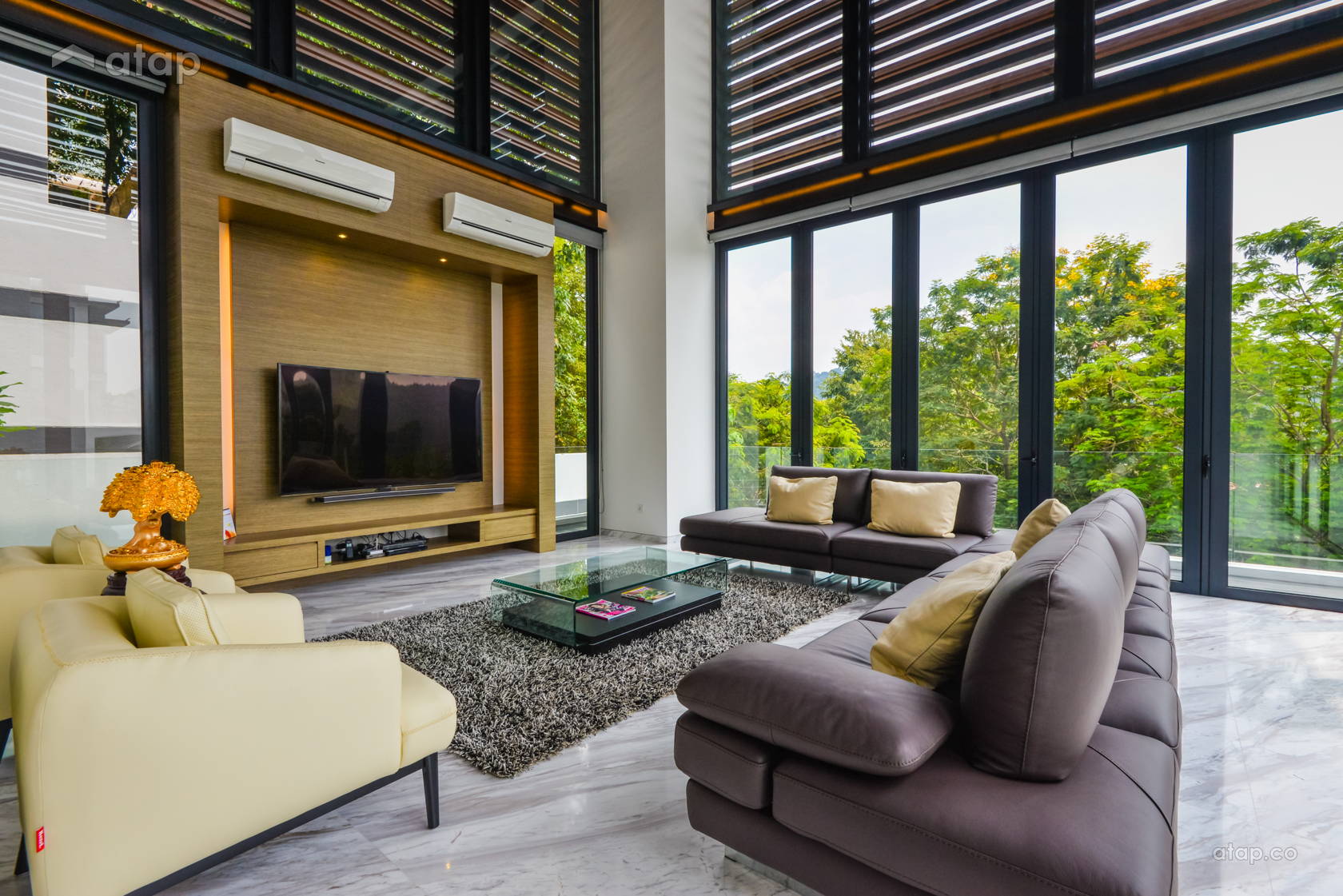



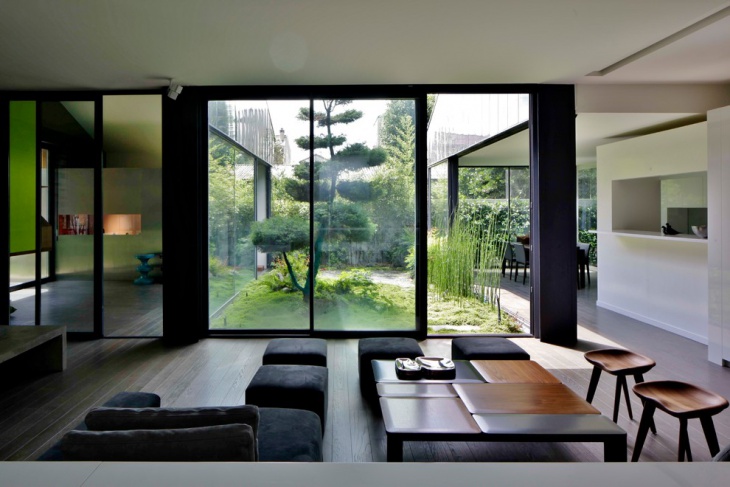
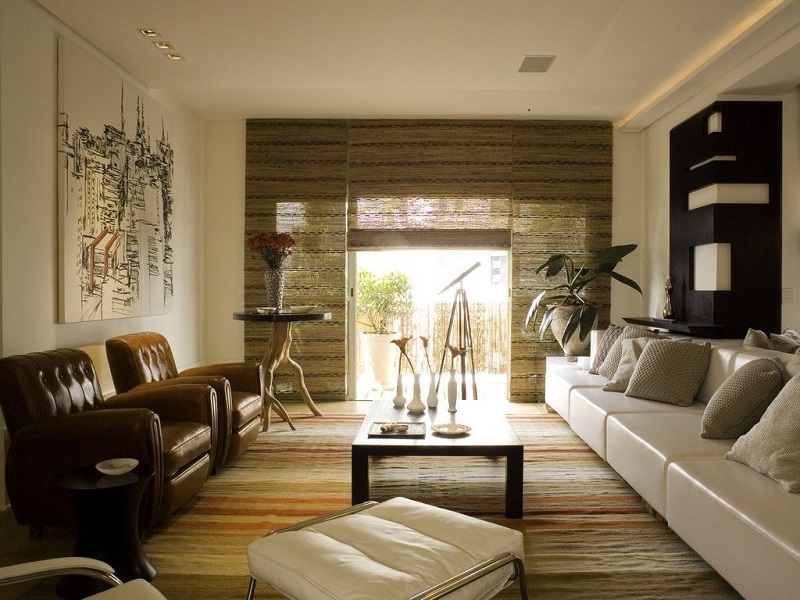
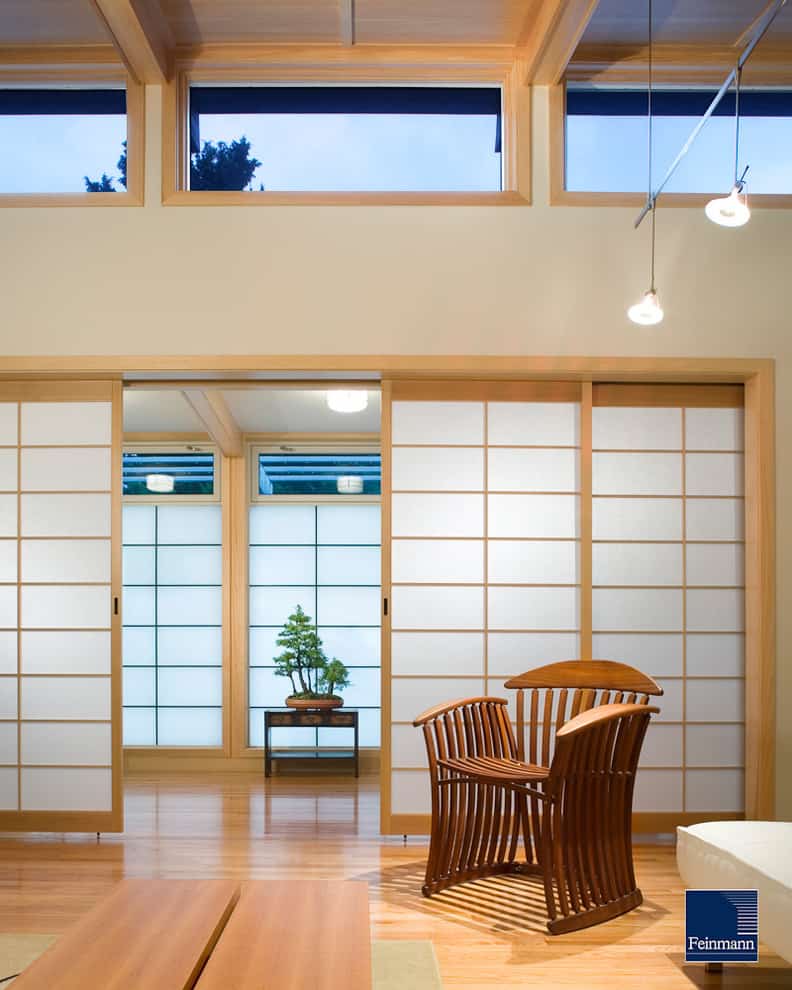
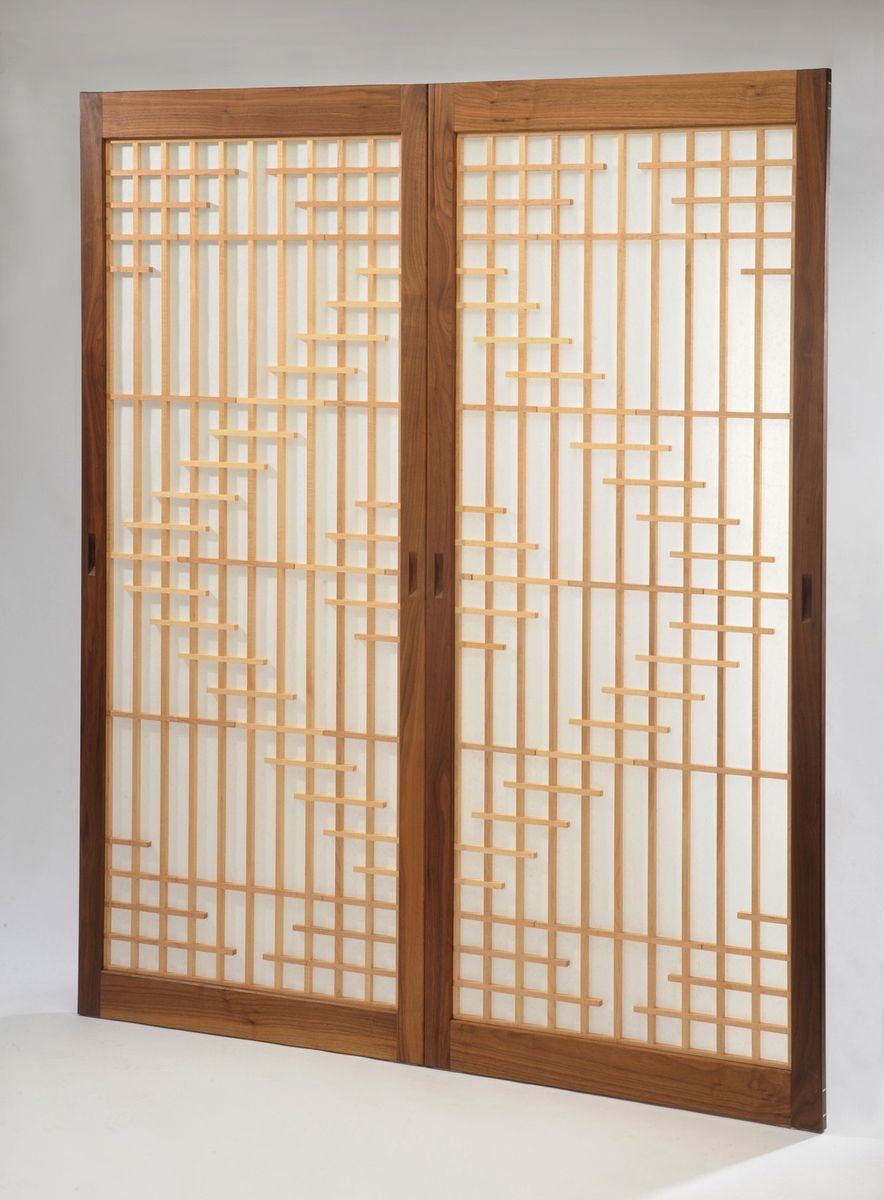


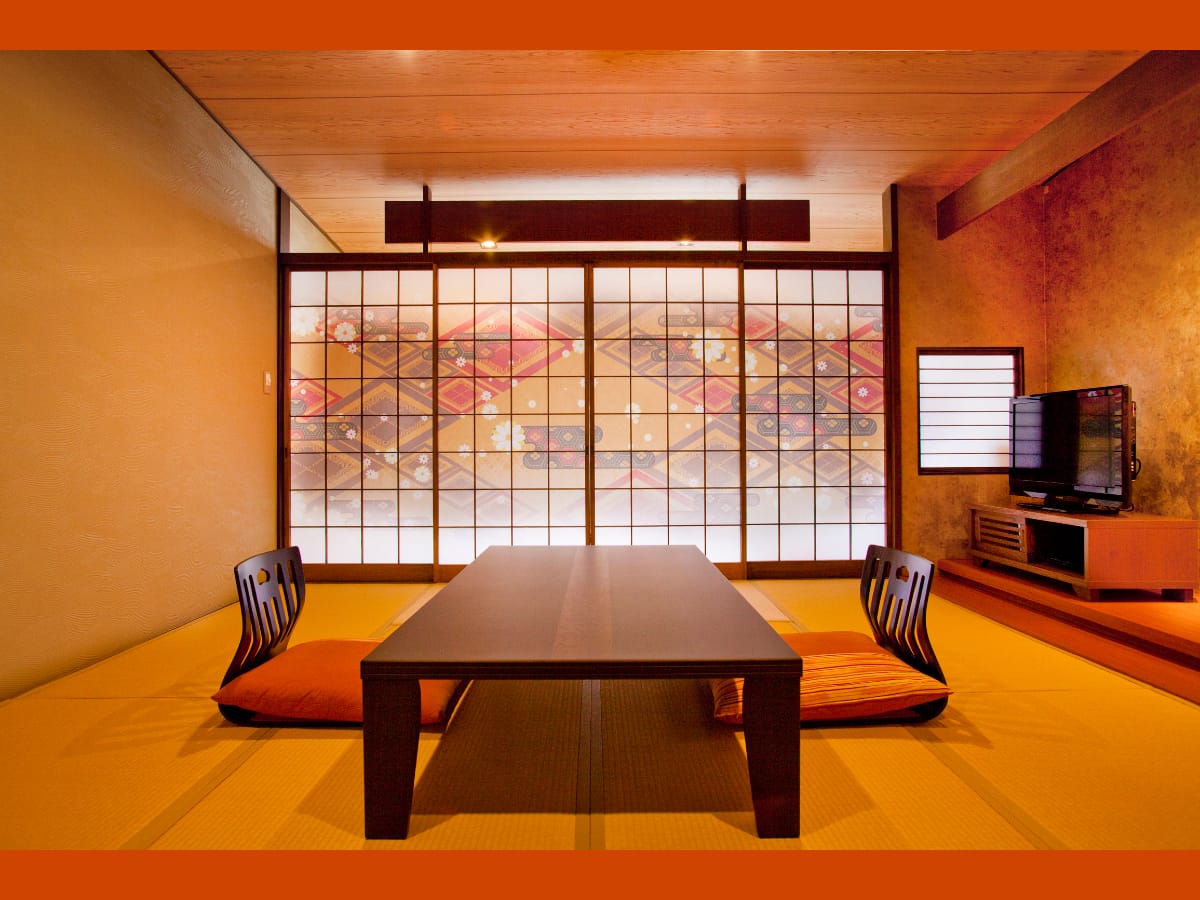

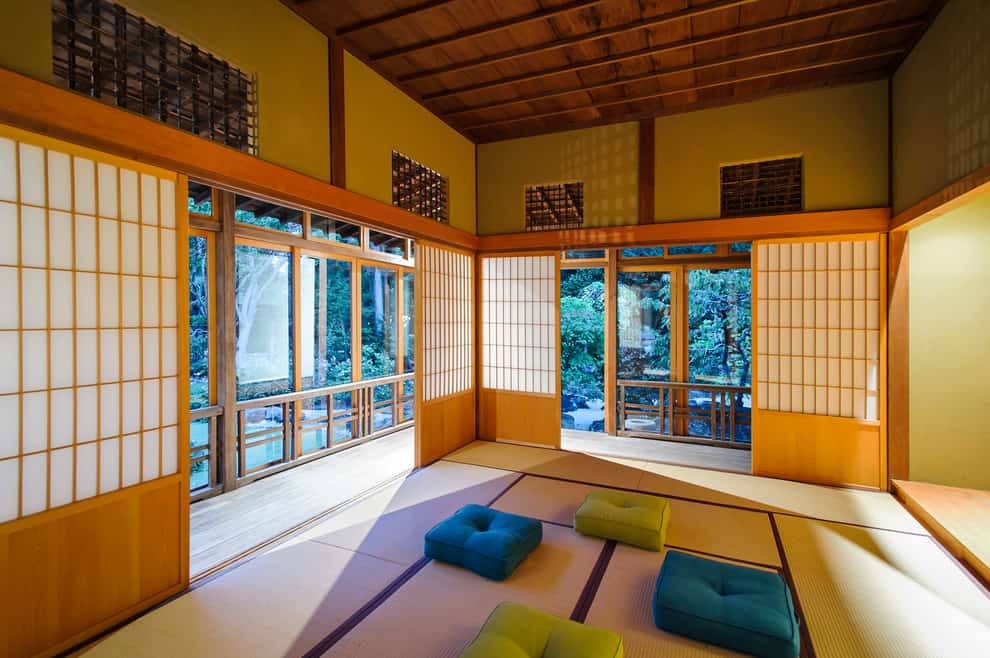






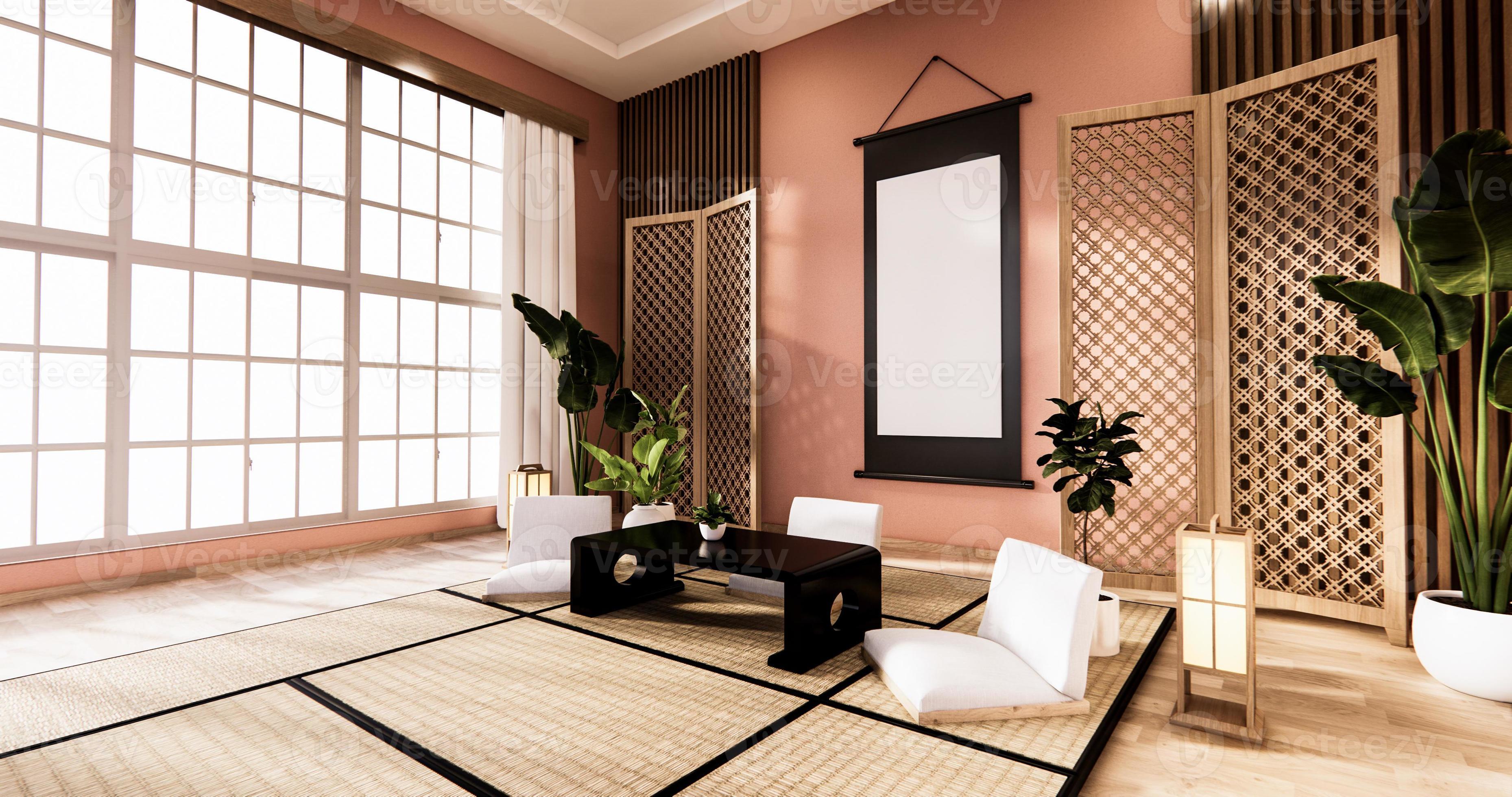


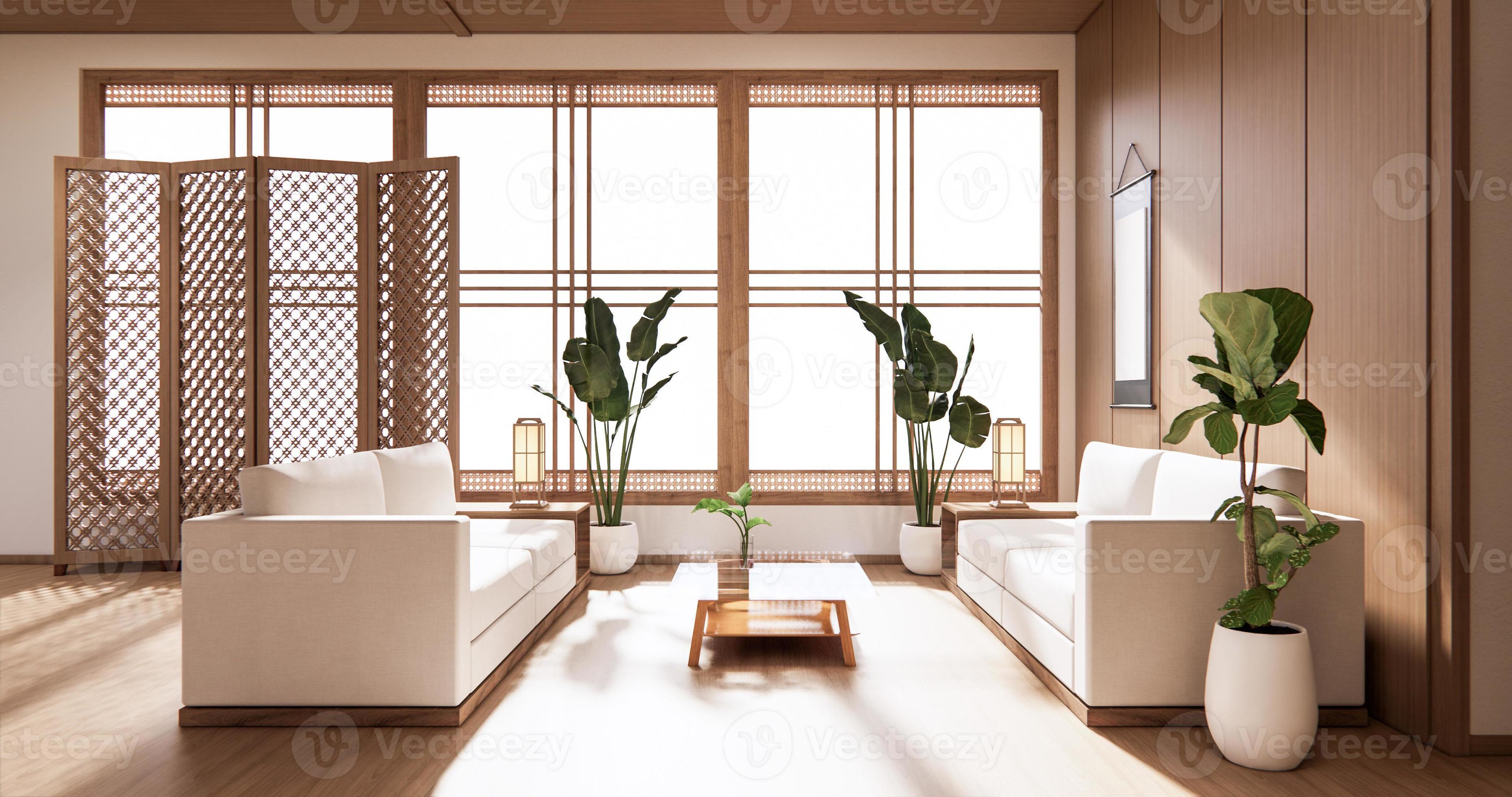



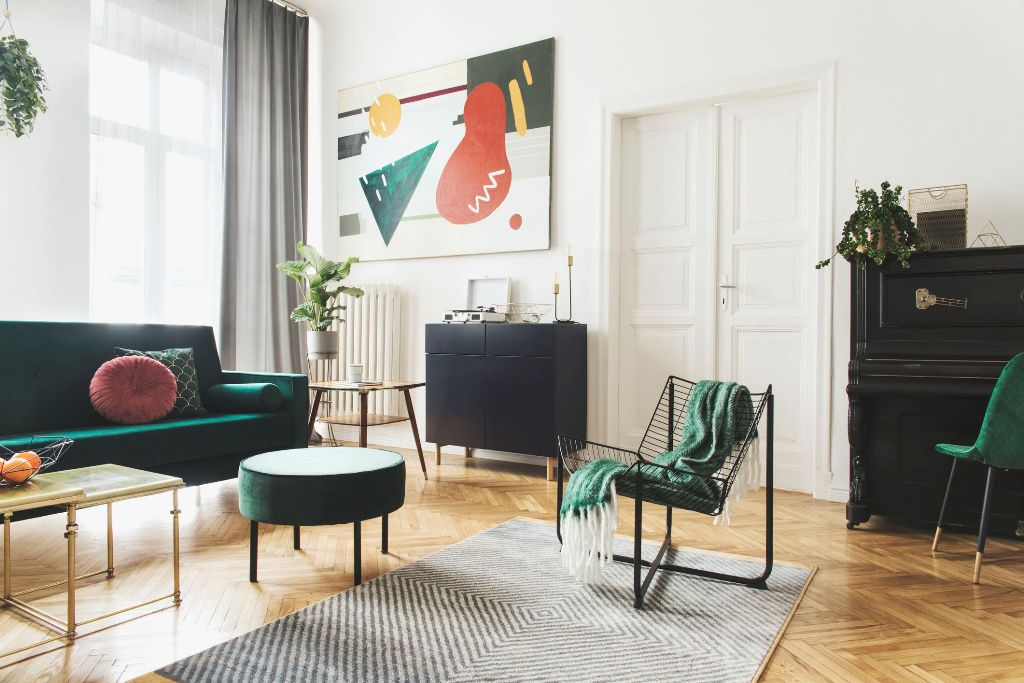
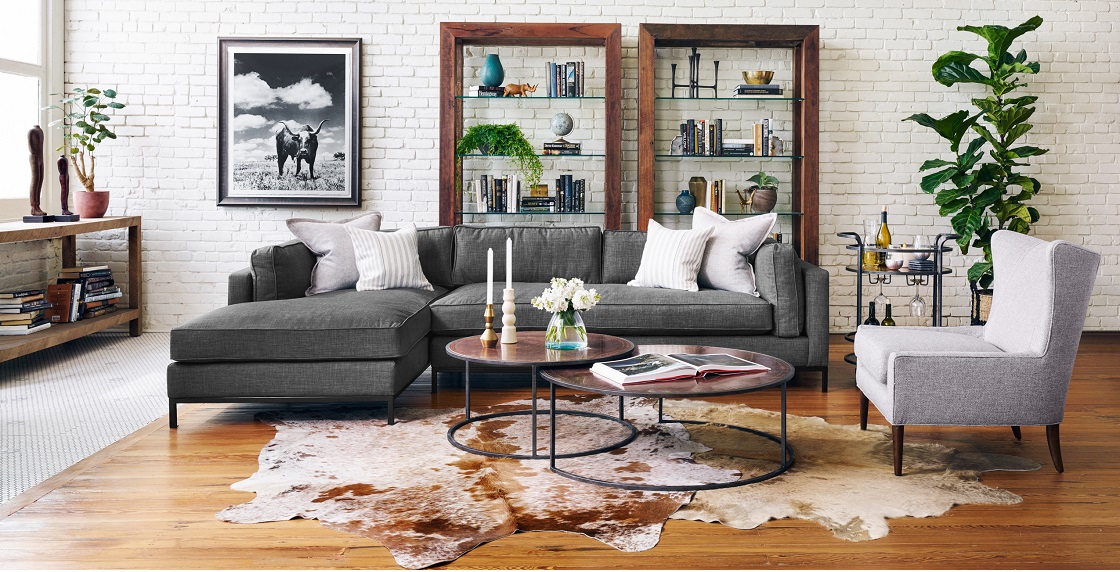
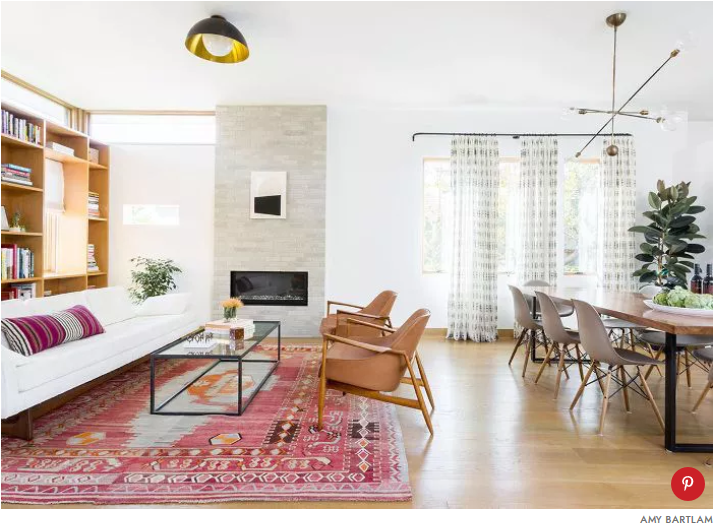


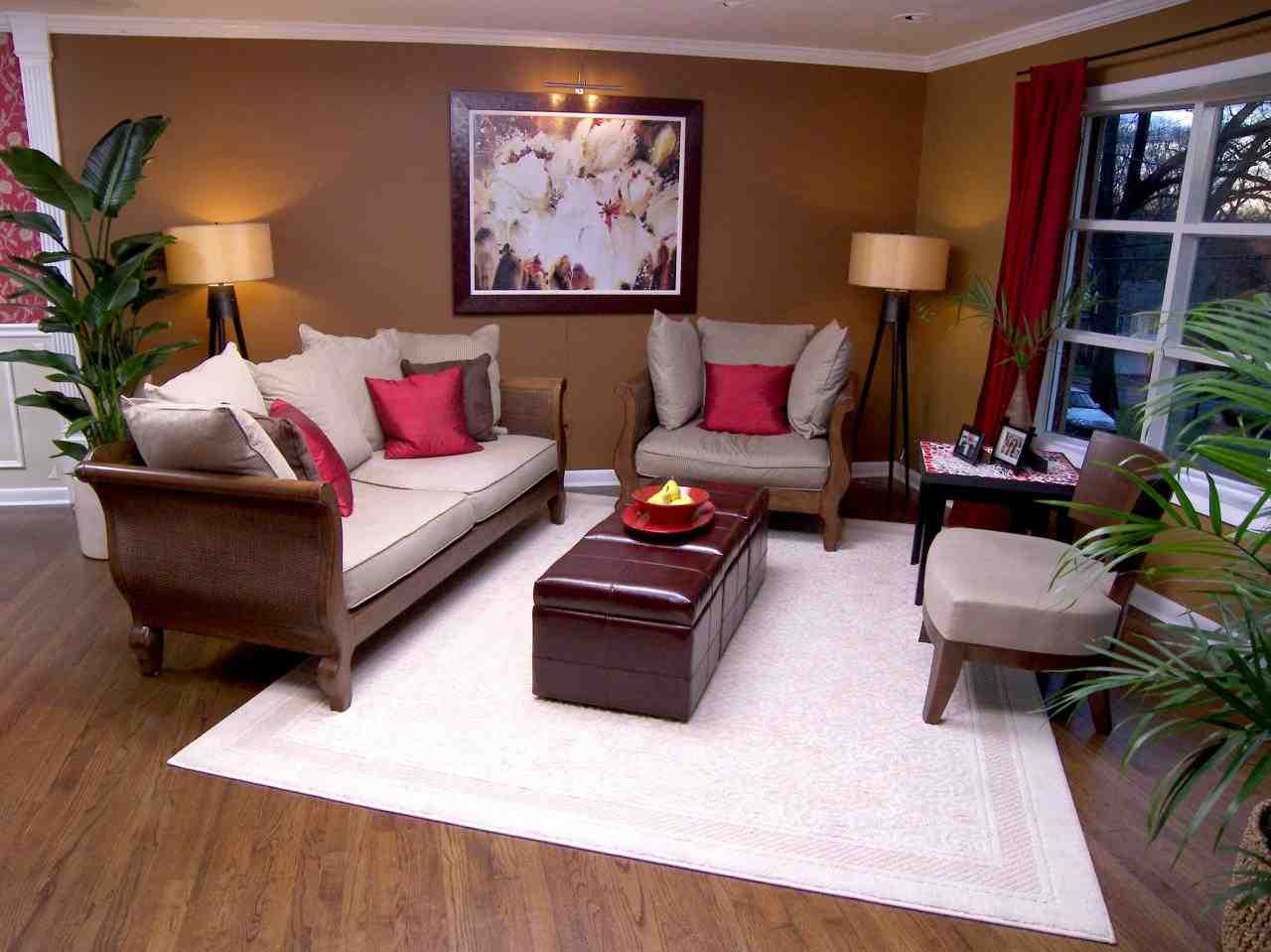

:strip_icc()/cathiehong-8055c557ada543d38f1a0eab4d9c6c76.png)
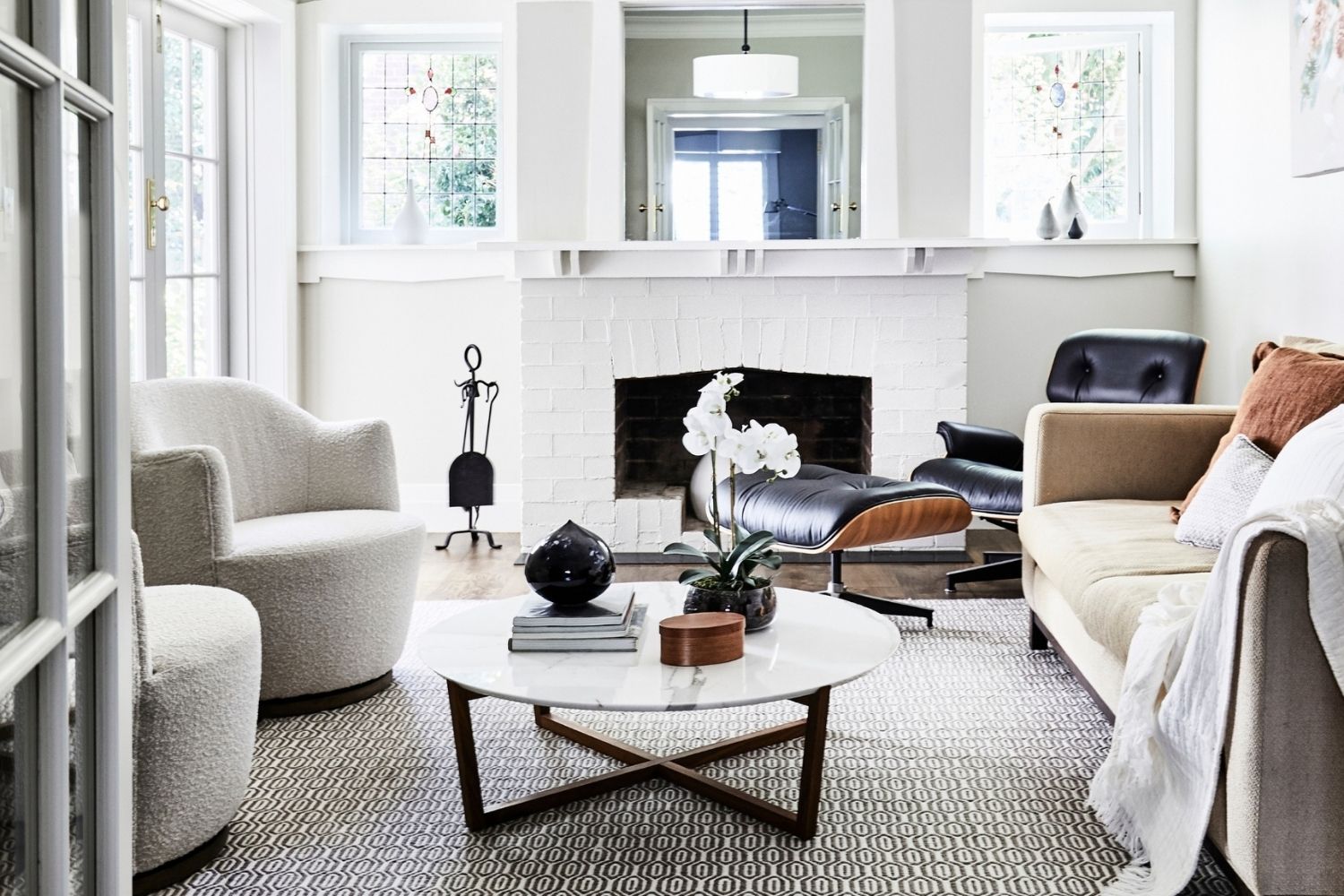




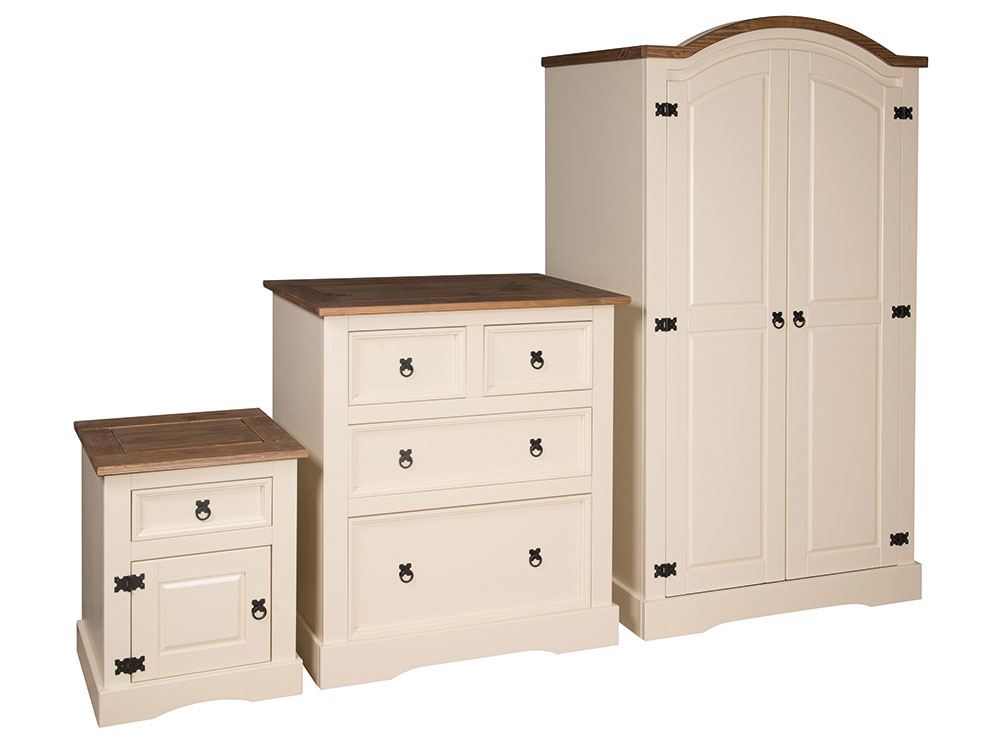
/water-pipe-under-kitchen-sink-980755656-3ec7719515ab4e269908381b760f7366.jpg)
